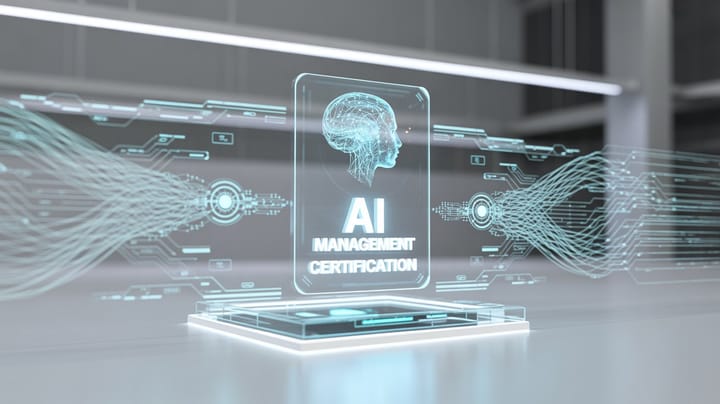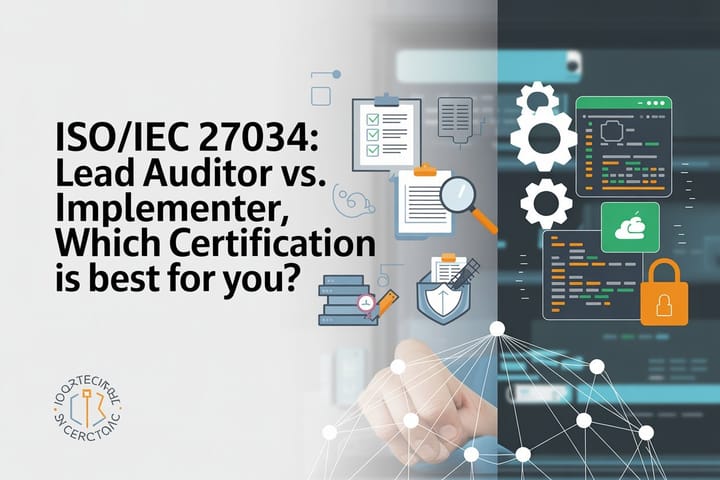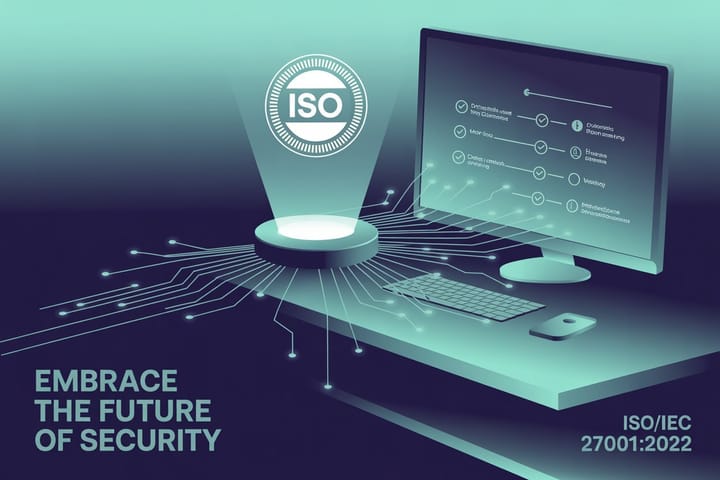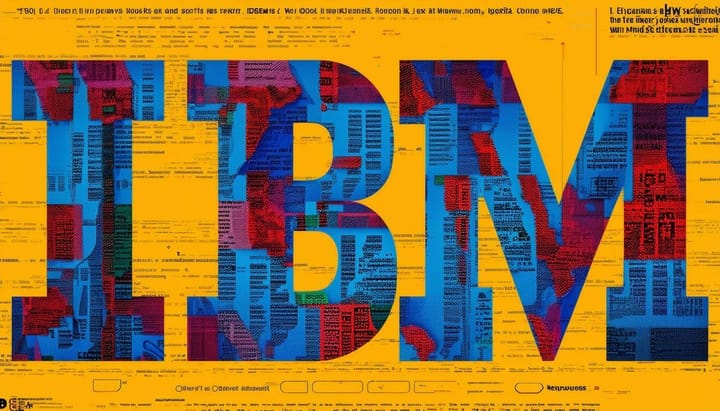
What Is ISO 42001? A Complete Guide to AI Management System Certification
Artificial Intelligence (AI) is transforming how organizations innovate, automate, and make decisions. But with rapid adoption comes new challenges in ethics, transparency, and accountability. To help organizations govern AI responsibly, the International Organization for Standardization (ISO) and the International Electrotechnical Commission (IEC) introduced ISO/IEC 42001 to the world’s













